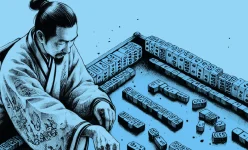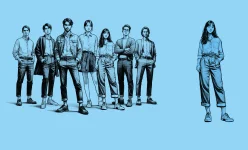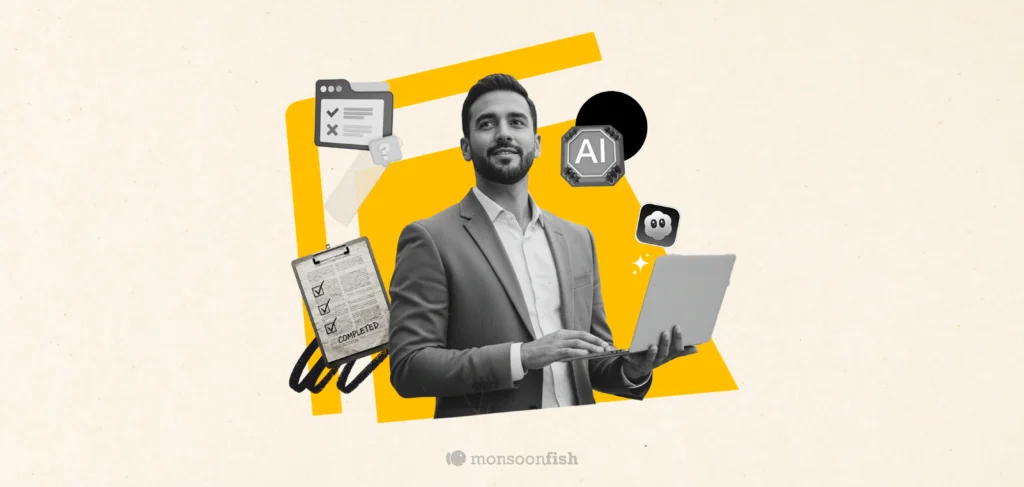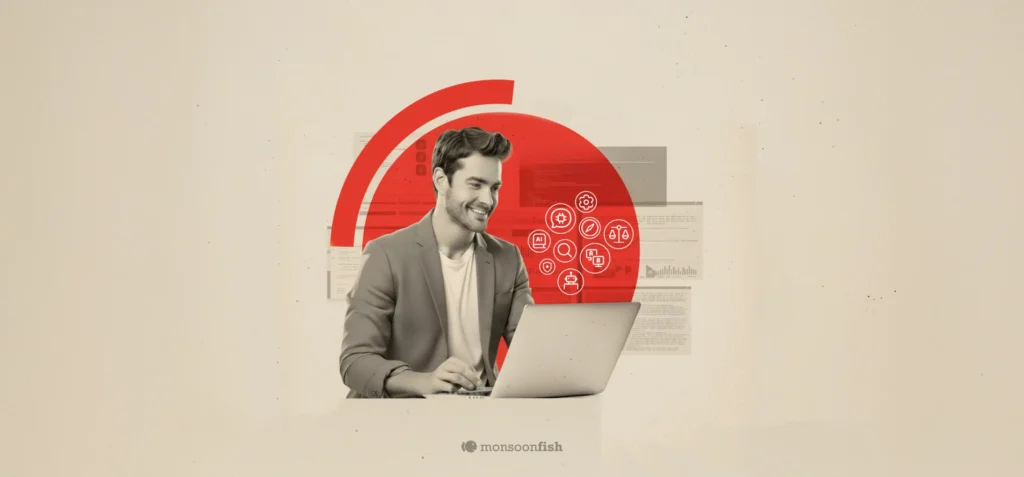Jakob’s Law
People feel more at ease with things that are familiar to them.

Jakob’s Law
People relied heavily on the public bus system for their daily commutes in the city of Greenfield. The bus stops throughout the city featured: a blue sign with a white bus icon, a bench, and a shelter with route maps displayed prominently. Everyone would recognize the bus stops because of this prominent design.
Seeking to modernize the city’s image, the new head of Greenfield Transportation Department decided to redesign a few bus stops with a more avant-garde approach. They introduced sleek, minimalist structures with abstract symbols instead of the traditional bus icon. The new design featured a green sign with a stylized “GBS” (Greenfield Bus Stand) and digital screens displaying route information.
One morning, Mark, a long-time resident, was on his way to an important meeting. He walked his usual route but noticed that the familiar bus stop was replaced with the new design. Confused by the absence of the customary blue sign and bus icon, he hesitated, unsure if it was indeed a bus stop. The abstract “GBS” and the unfamiliar layout made him second-guess, and he ended up walking to the next stop, which still had the traditional design. Unfortunately, he missed his bus and was late for his meeting.
Mark’s experience was not the only one. Many commuters expressed confusion over the redesigned stops, leading to delays and frustration. The Transportation Department received numerous complaints and soon realized that the new design, while modern, failed to align with what commuters recognized and expected.
Acknowledging their oversight, the department reinstated the traditional blue signs with the white bus icon across all bus stops, including the newly designed ones. They retained some of the modern elements but ensured that the core, familiar symbols remained prominent. Commuters quickly adapted, and the confusion dissipated.
Jakob’s Law emphasizes that users prefer interfaces that align with familiar experiences. In this scenario, the traditional bus stop design had become an intuitive part of the commuters’ daily routine. By introducing unfamiliar symbols and layouts, the Transportation Department inadvertently disrupted this familiarity, leading to confusion. This example illustrates the importance of maintaining recognizable design elements in public infrastructure to ensure ease of use and enhanced user comfort.
Contents
CATEGORIES

























